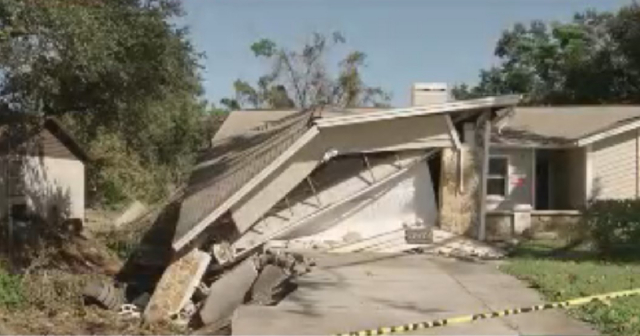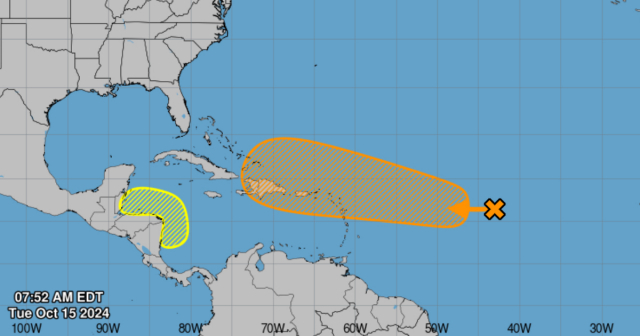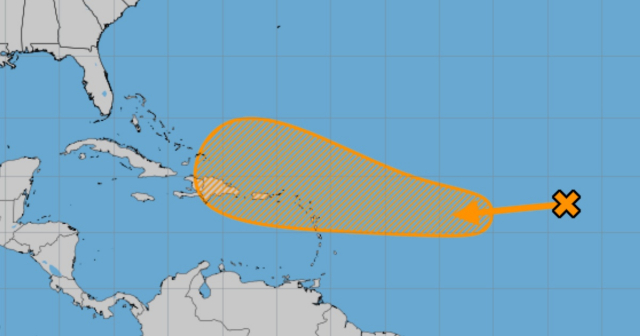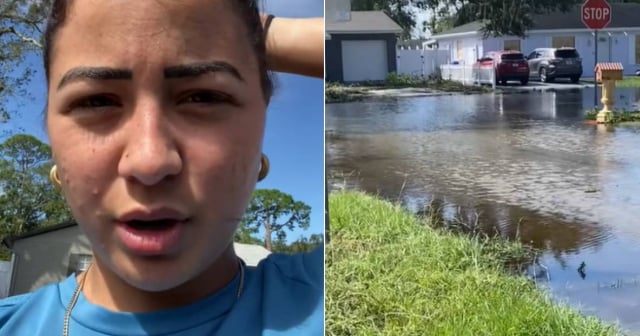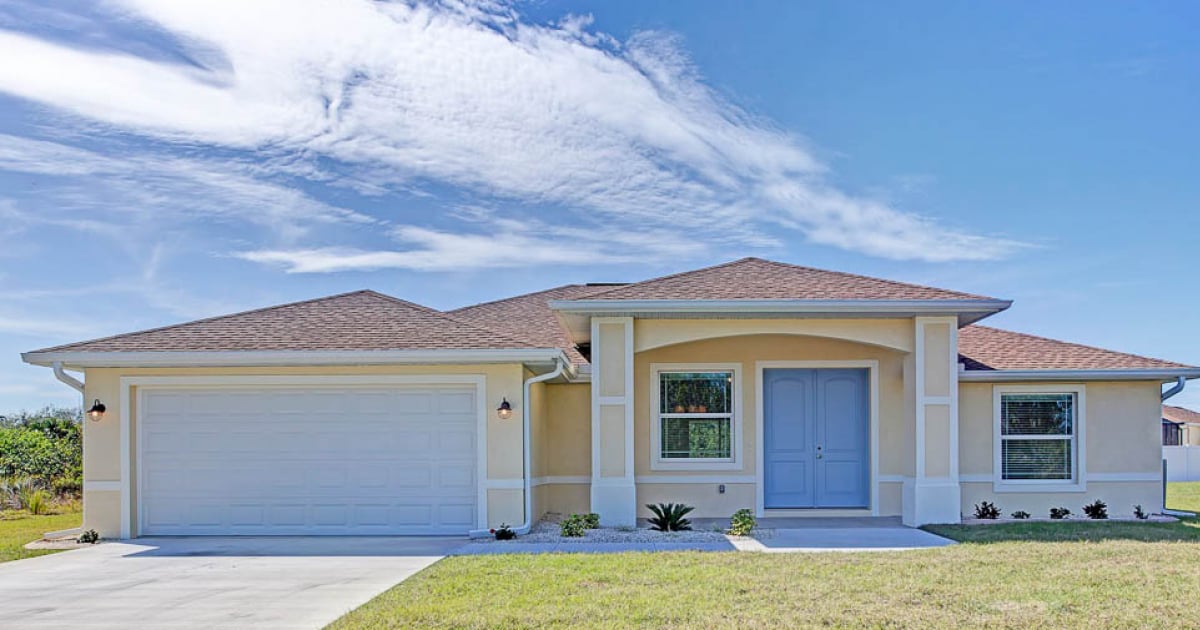
The residential building codes of Florida are specifically designed for homes to withstand strong winds, torrential rains, and the constant threat of debris flying at high speeds. In the most exposed areas, such as Miami-Dade and Broward, the regulations are even more stringent, ensuring that roofs, doors, and windows are equipped to withstand winds of over 170 miles per hour.
Endurance tests: How do they ensure that windows and doors are hurricane-resistant?
To ensure that windows and doors can withstand the impacts and pressure of hurricanes, they must undergo rigorous testing in specialized laboratories. One of the most common methods is the debris impact test, where materials are bombarded with wooden projectiles or other heavy objects at high speed, simulating what would happen if debris were to fly during a hurricane.
For example, in the tests, 2x4 inch projectiles (typical in wooden constructions) are launched at a speed of 34 miles per hour against windows and doors. To pass this test, the glass must not break or shatter, demonstrating that it can maintain structural integrity upon impact.
In addition to the impacts, windows and doors are subjected to cyclical pressure testing. In this evaluation, the windows and doors must withstand repeated cycles of positive and negative pressure, simulating the force of hurricane winds. These tests ensure that the structural elements of the home not only withstand a blow but also endure the continuous pressure of extreme winds during the storm.
In the case of entrance and garage doors, the requirements are similar. These doors must be reinforced with sturdy frames and specialized locking systems that prevent them from being blown off by the force of the wind.
Additional protection for your home
In homes that do not have impact windows, the code requires the installation of hurricane shutters or temporary protection systems, such as metal or wooden panels, which must be easy to install in case of emergency. These measures not only protect the windows but also prevent debris from becoming dangerous projectiles that could cause serious damage.
Reinforcements on the exteriors: beyond windows and doors
The building code also places special emphasis on reinforcing the exteriors of homes. Here's how I explain it:
- Reinforced exterior walls: Homes located in hurricane-prone areas should use more durable building materials, such as concrete blocks, which provide better protection against strong winds and flying debris. These walls are also often clad with cement panels or bricks, which enhance their ability to withstand damage.
- Reinforcements of load-bearing walls: Building codes require that load-bearing walls, those that support the weight of the roof and other elements of the structure, be firmly connected to the foundations and roofs using hurricane straps or hurricane ties. These devices ensure that the components of the house stay together during a storm, preventing the walls from separating from the rest of the structure.
- Anchoring systems on roofs: To prevent roofs from being torn off by the wind, metal ties are used to connect the roof to the exterior walls, creating a continuous system that distributes the wind force throughout the structure of the house. Additionally, the roofs must have an aerodynamic design and be installed with materials resistant to wind pressure.
Tests for roofs: Ensuring they don't fly away.
Roofs in hurricane-prone areas must be able to withstand wind force continuously, so the resistance tests include:
- Wind suction tests: In these evaluations, the suction forces generated by hurricane-force winds passing over the roof are simulated. Positive and negative pressure cycles are applied to the roof material to ensure that it does not detach or collapse.
- Material tests: The materials used in roofs, such as tiles or metal sheets, must meet specific standards to resist being lifted by wind force. Tiles, for example, are tested to ensure they are securely fastened to the roof and that they will not break or come off easily.
Flood protection
In addition to hurricane winds, flooding poses a significant risk in Florida. Building codes also establish specific measures to protect homes from potential flooding:
- Elevated foundations: In flood-prone areas, codes require houses to be built on elevated foundations, such as pilings or columns. This allows water to flow beneath the home, preventing damage from water accumulation. The minimum required height depends on the risk level of the area, and regulations follow FEMA's flood zone maps.
- Drainage systems: Homes must have adequate drainage systems to prevent water accumulation around the foundation of the house. This includes the installation of gutters and downspouts that divert rainwater away from the structure.
- Water-resistant materials: In areas where flooding is a constant threat, codes recommend the use of water-resistant materials for exterior walls, such as brick, concrete, or vinyl siding, that can withstand prolonged contact with water without deteriorating.
Structural resistance and anchors
In addition to windows and doors, the code also reinforces the overall structure of houses, requiring the use of special ties that connect roofs and walls to prevent the wind from lifting them. These connections, known as hurricane ties or hurricane straps, are made of metal and ensure that the structure of the home remains intact even under the most extreme conditions.
Do you have a house in Florida or are you thinking about building one? It is essential to know these requirements to ensure that your home is ready to face the next storm! The Florida Building Commission periodically updates the codes to adapt to new research and technologies, which means that today’s homes are safer than ever.
With hurricane season always around the corner, don't let it catch you by surprise. Make sure your home meets building codes and prepare for what’s to come. Because, in Florida, being ready is the key to survival.
What do you think?
COMMENTFiled under:


